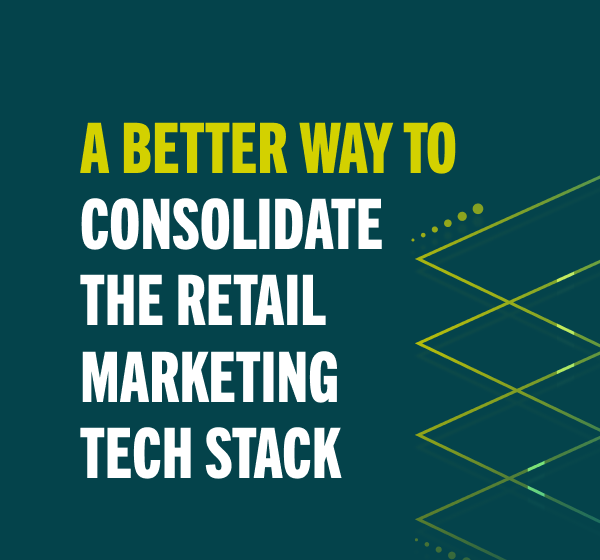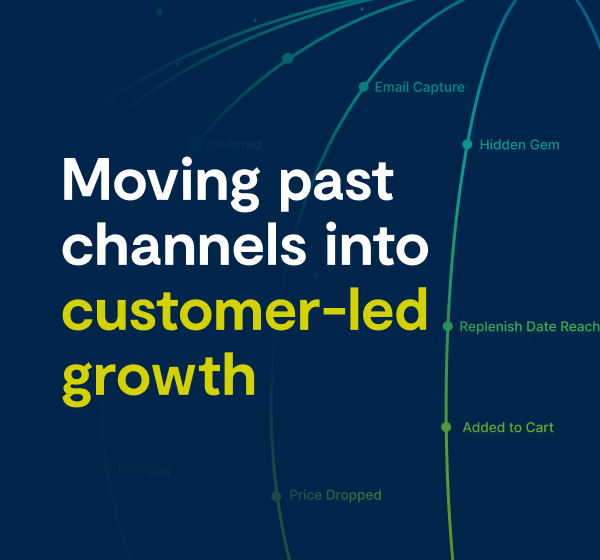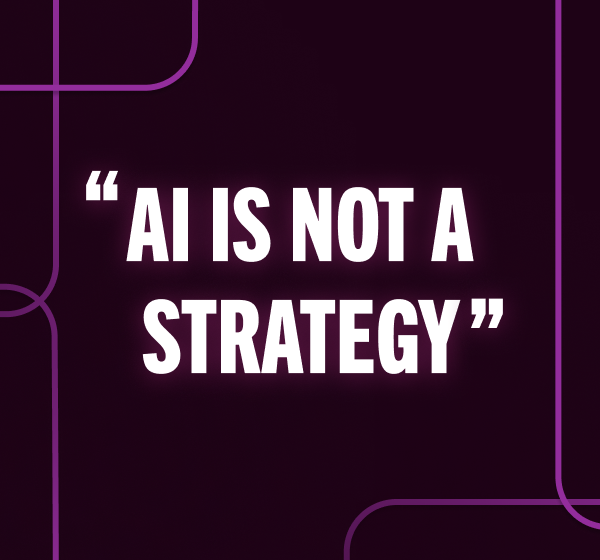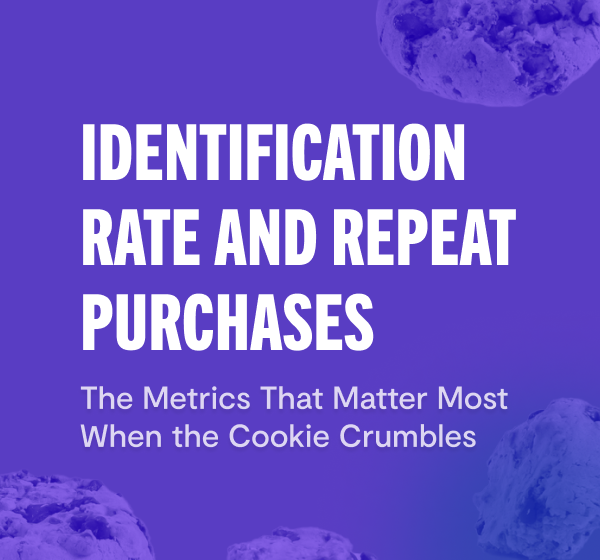

A Better Way to Consolidate the Retail Marketing Tech Stack
When it comes to retail marketing tech, consolidation is the name of the game this year. With limited budget increases and big goals to hit, retail marketers are trying to find money wherever they can. Reducing the number of vendors they work with is a popular strategy.
Retailers probably do have too many vendors, and often underutilize the vendors that they pay for. A study from Gartner notes that martech utilization has plummeted. Marketers only utilize 33% of the capabilities of their technology stack. There is likely a lot of overlap between different martech solutions.
However, marketers need to be smart about how they consolidate to unlock growth opportunities rather than simply trading one platform for another.
New metrics to guide the process of retail marketing tech consolidation
It is not really a marketer’s fault that they are where they are today. The entire system is designed incorrectly. The focus is often on acquisition and channel performance, rather than on customers.
It always costs more to acquire new customers than to increase purchases from existing customers. And it’s always going to be inefficient to have channel-specific campaigns and goals. Even research and thought leadership reinforce approaches that are doomed from the start. The whole pipeline is laid out as a one-way process: acquire a customer, hammer them with messaging across different channels, churn, and repeat.
Digital Commerce 360’s ninth-annual digital marketing survey found that retail marketers spend more than 30% of their budget on acquisition. The same report is riddled with data about how much marketers spend on a long list of channels like email, search, social, and mobile.
This focus on acquisition and a channel-led strategy is the very reason why so few retailers are unable to succeed. This report should be focused on customer-centric value metrics, with channel performance coming in below that as a support system. Acquisition should be left to the very end, after all customer growth tactics are exhausted.
It’s no wonder marketers underutilize their tech, customers don’t stick around long enough to develop any kind of relationship that would require more sophisticated marketing tactics like triggered messaging and personalization across channels based on recent customer behavior. Having channel-specific goals is a lesson in failure.
Focusing on customers rather than channels
Focusing on customers — rather than channels — will help create growth. Bluecore research shows that the longer a customer has been active, the more they are worth to a company. In fact, reactivated lapsed customers are more valuable than new customers! Yet very few marketing tech stacks are organized so that marketers can focus on creating and nurturing high-value customers and long-term success.
With this fact in mind, marketers should start looking at their retail marketing tech consolidation differently, using metrics that are proven to drive growth, rather than starting with an acquisition goal or a list of channel requirements. Instead of saying, “I need to make sure another vendor in my stack offers triggered marketing over SMS so I can cut my mobile point solution loose,” a marketer should say, “I need to work with vendors who can help me increase my number of repeat buyers.”
Channel-specific and tactic-specific requirements should come second, based on a strategy that is proven to drive value metrics like customer movement and lifetime value.
From net-net to net-new
Marketers should stop trying to replace capabilities from one vendor with another just for the sake of preservation. Retail tech marketing consolidation offers the opportunity to rally around new growth metrics — and identify capabilities that can actually drive profitable growth.
Talking to vendors about that is a much better place to start: what their best customers are doing, and how they can leverage more features and create more value for customers. A good vendor will have answers ready.
Capabilities to look for when trying to increase customer movement and long-term growth include:
- Access to new/unique insights: Any partner that provides important insights about customer behavior — be it in-store, online, loyalty, or returns — deserves a serious conversation. Perhaps there are ways to leverage data in new ways, such as identifying customers on-site and connecting those insights to product data.
- Real-time agility: Effective marketing reacts quickly to shopper signals. Many marketers complain that their data is locked up in their CDP and that it is hard to be agile with customer communications. Finding ways to reach consumers quickly may mean abandoning some reliance on the CDP, but that vendor could drive a lot of value.
- Scale: The ability to identify more shoppers, reach shoppers in new places, or deliver more relevant messages gives marketers a bigger bang for the buck.
- Relevance: Richer than “personalization,” relevance ensures that the shopper experience is based on what they’ve done and, ideally, what they will do. Being relevant, and delivering value to customers transcends channel-specific personalization tactics.
- Business value: Marketers should be wary of solutions that are built to execute a campaign with no connection to how it drives key company metrics. A partner that can combine consumer insights and business insights — such as inventory availability and margin — can give marketers much more leverage.
Wrapping up
Retail marketing tech consolidation is a nice concept, but the way most marketers approach the process doesn’t get to the heart of the issue: companies focus too much on acquisition and channel tactics.
Yes, marketers could probably be fine without as much technology, but moving laterally by preserving “like for like” capabilities will do very little to drive growth, and will keep marketers stuck in their current pattern. What’s more, pulling money out of martech spend to feed the “acquisition machine” won’t create long-term value for the company.
There is a better way forward, and it requires a new set of metrics and an approach that puts customer behavior first.





